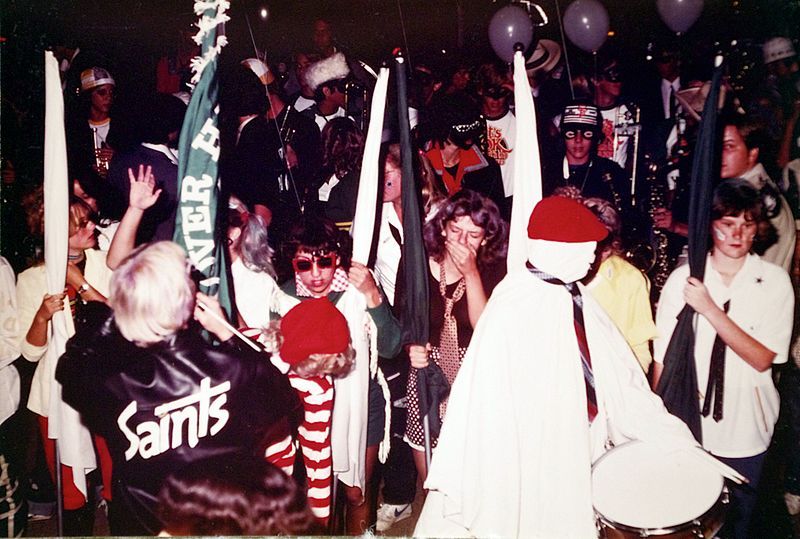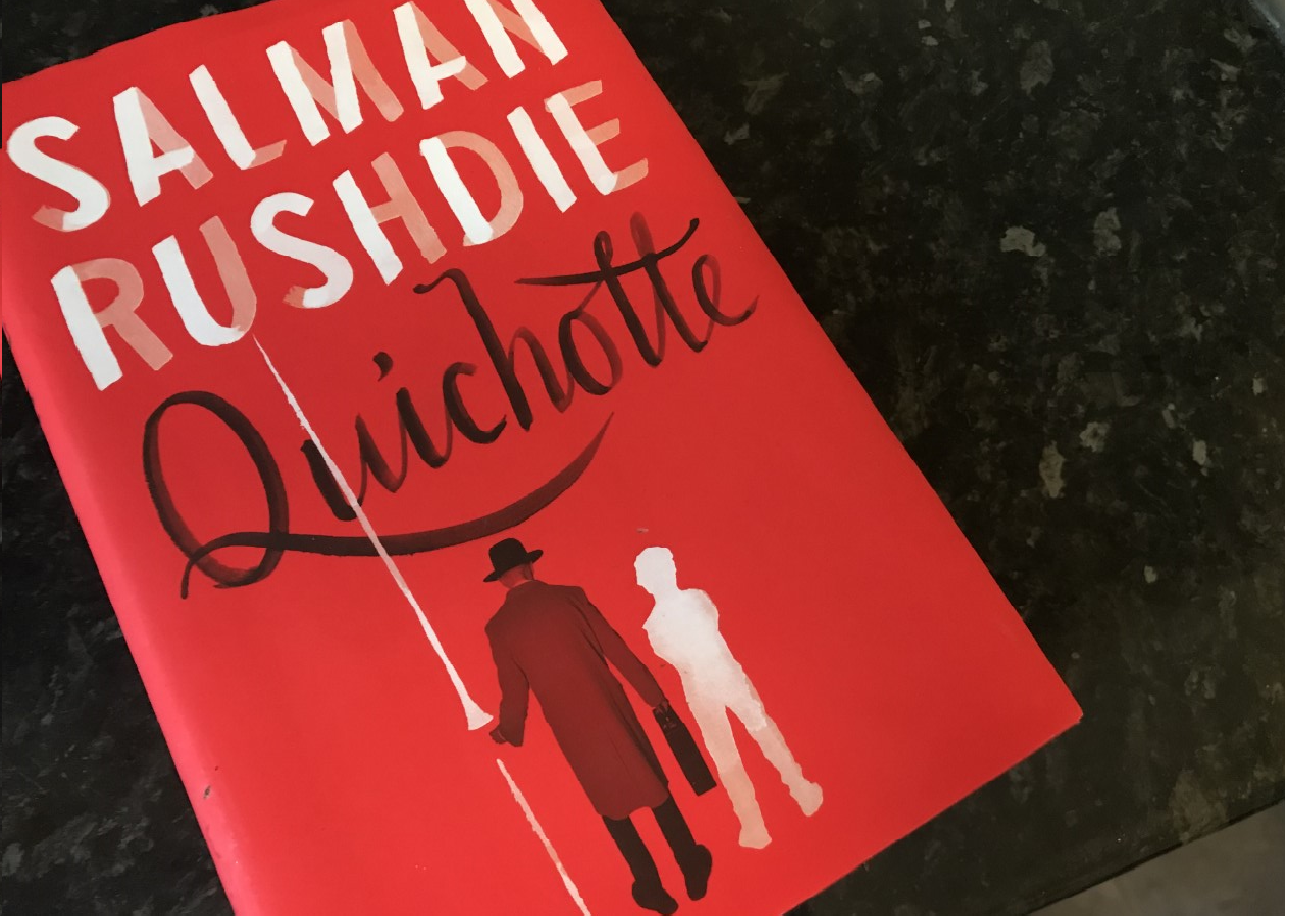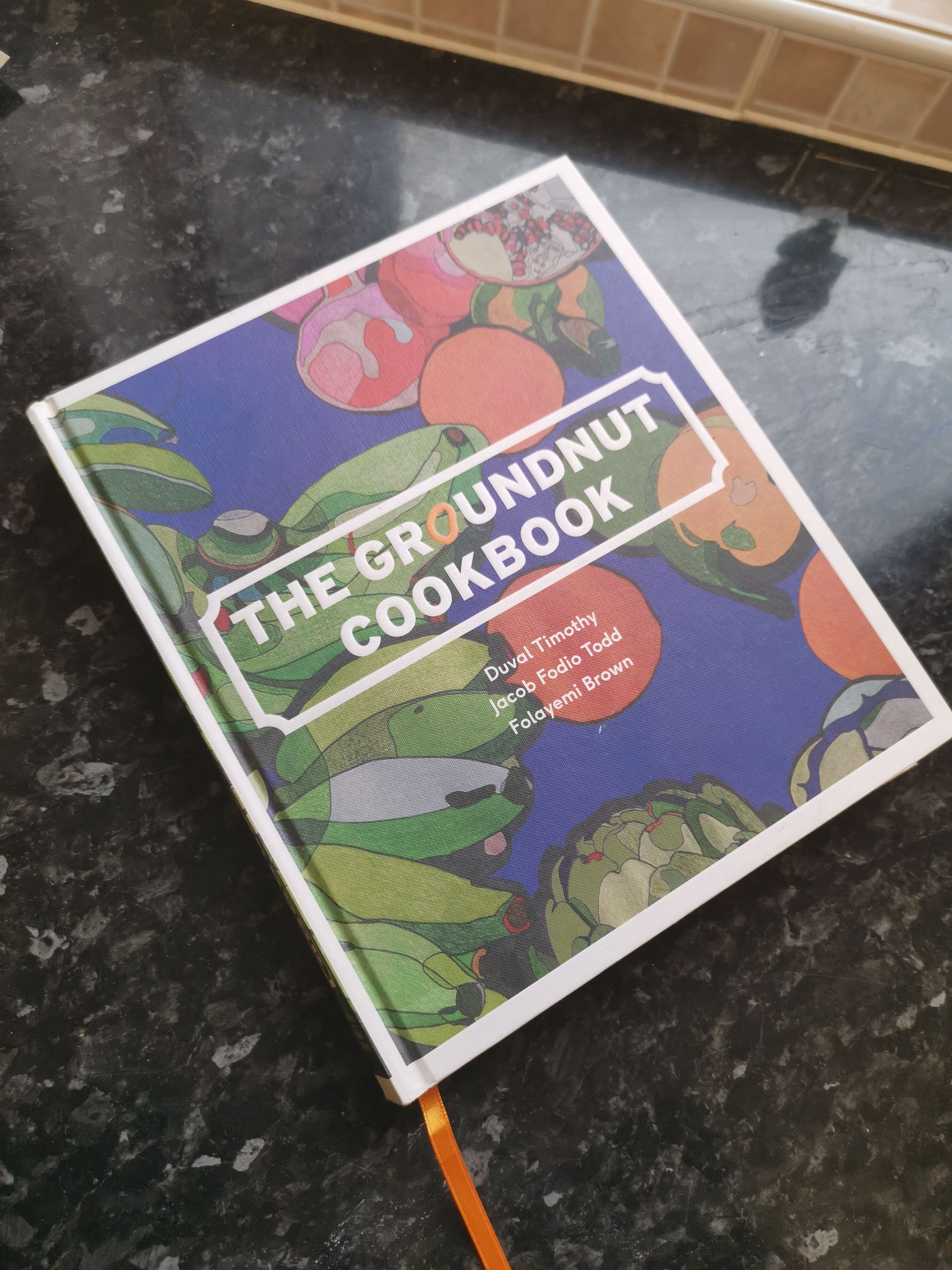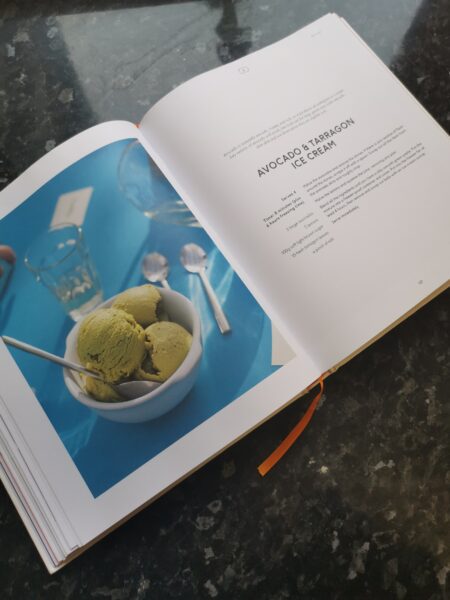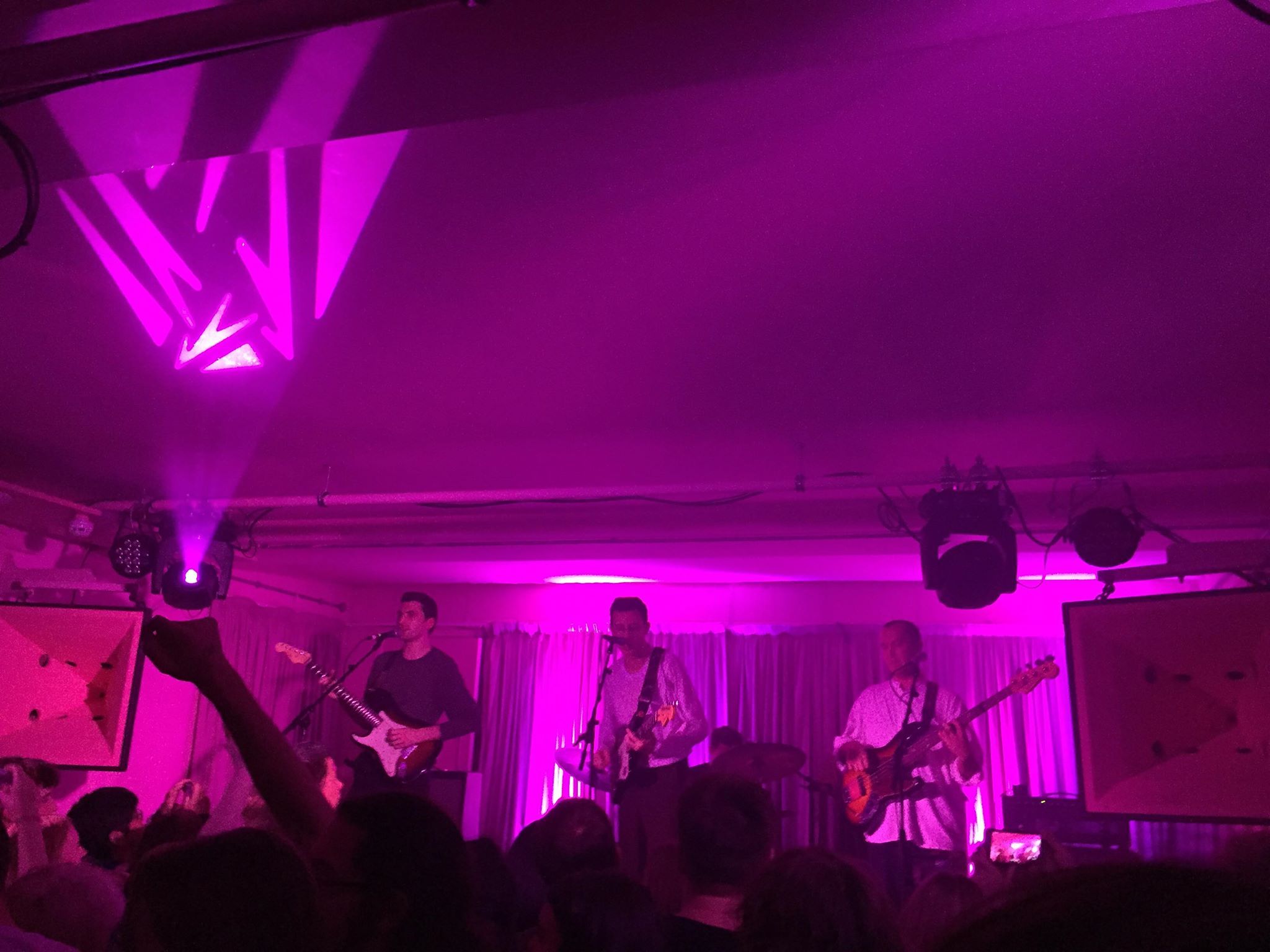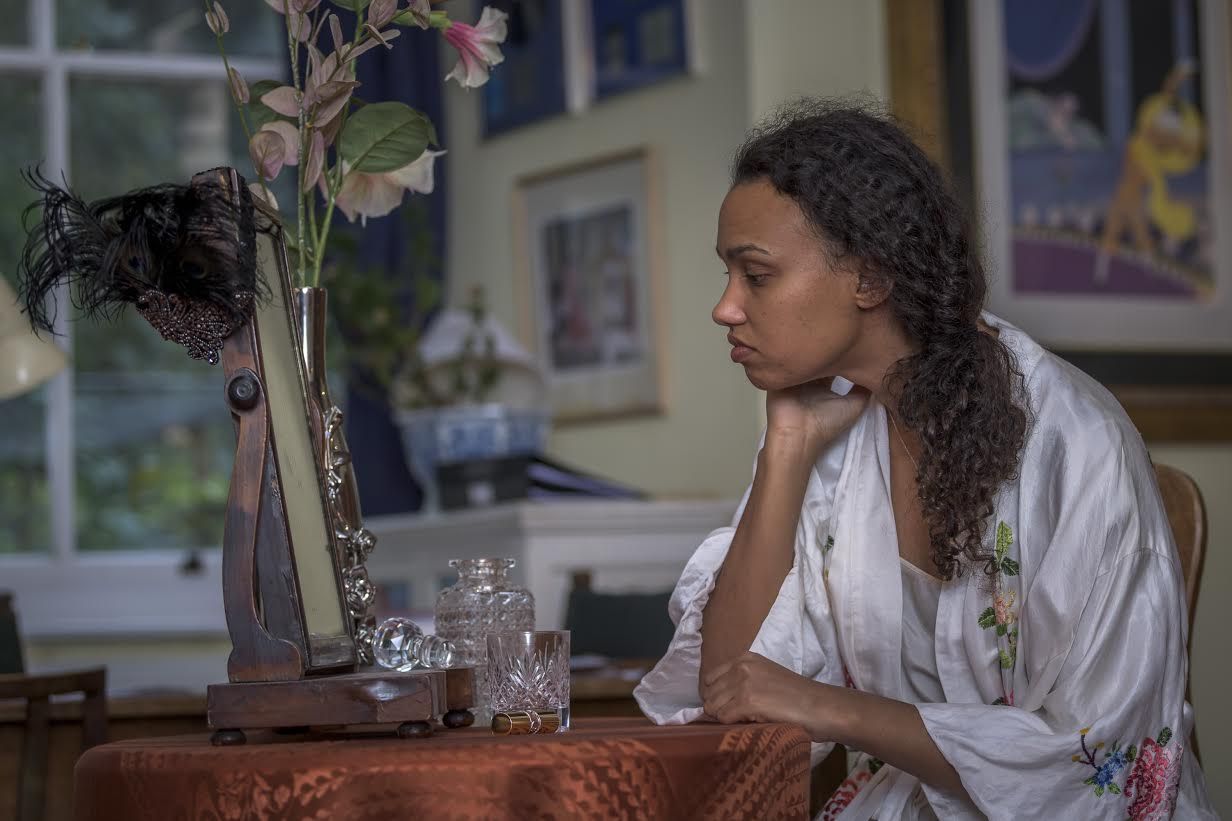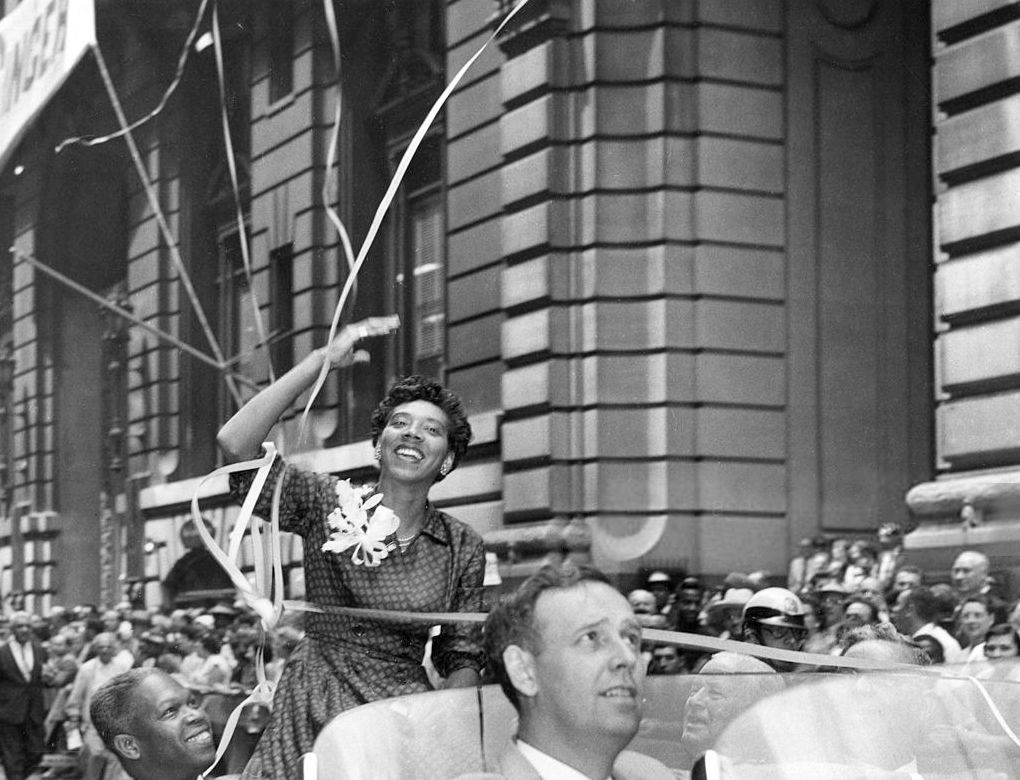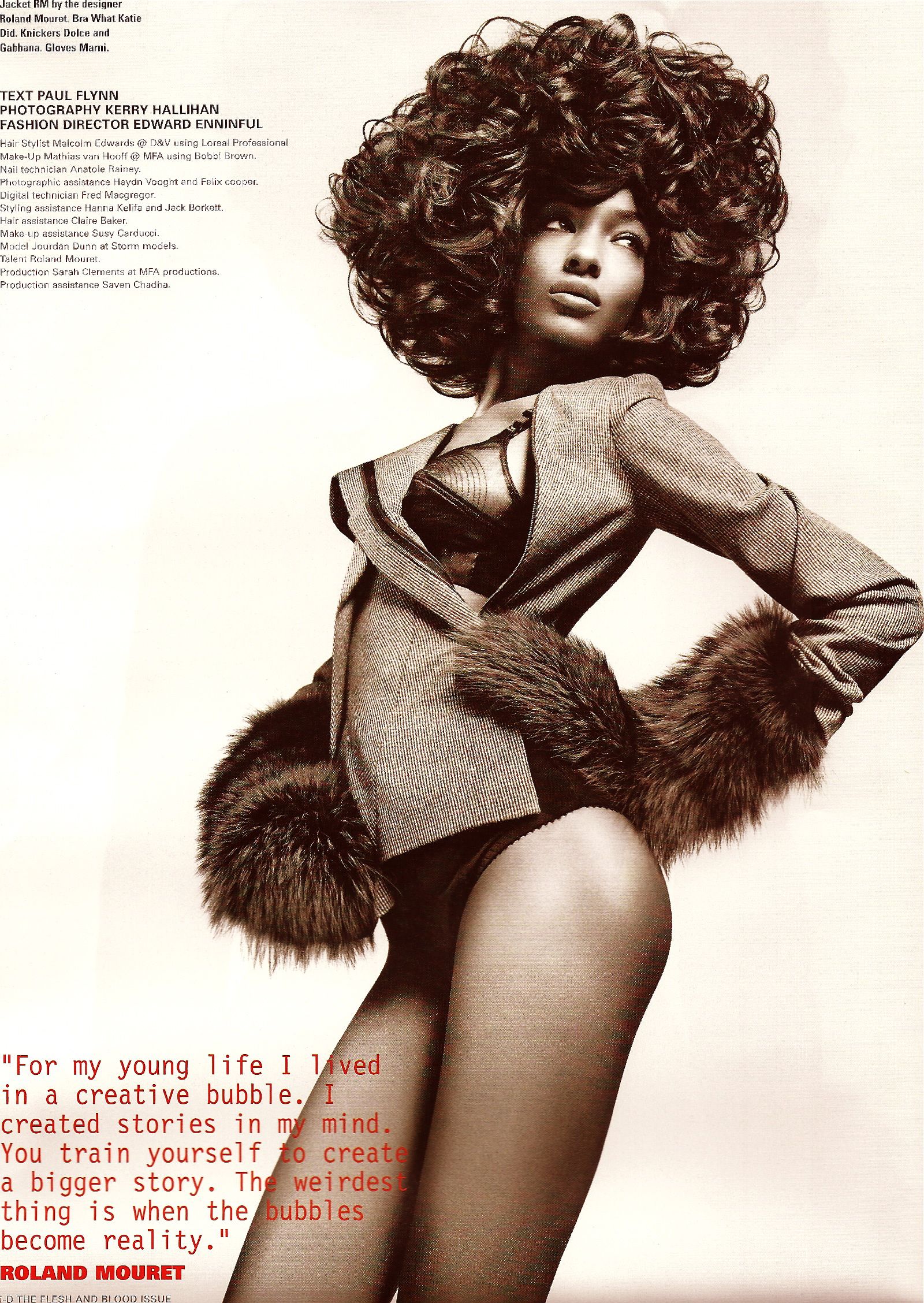The Caribbean Quarter: Sunshine Food in the Rainy City
Feel like getting a taste of the Caribbean without the £300 flight price tag? Look no further than Church Street in the Northern Quarter with not one, but two different spots to do the belly-filling with homemade sunshine food.
Jerk Shack NQ
With the slogan “From my Nana to the Northern Quarter”, Jerk Shack NQ is the first place that pops to mind at the mention of some proper Caribbean food. You’ll find their little space in the middle of the street along with the likes of McCall’s Organics and Northern Soul Grilled Cheese. Their iconic corrugated metal front, spray painted in bright red, yellow and green is a welcoming sight to see for any hungry traveller.
Their open-plan layout perfectly accompanies the home-orientated food style by giving you a super relaxed dining experience. The food is as fresh as it gets, all being cooked daily with the bubbling and enamel dinner plates giving you the perfect family feasting backdrop.
Ideal for the students, there are various deals including my personal favourite, the Chicken Split (pictured). £5 for a generous helping of shredded jerk chicken slathered over a dumpling (crossed between a baguette and a steamed bun) with gravy and slaw is something I just can’t bring myself to say no to!
Feel free to add on whatever else you’re craving too, whether that be some fried chicken, plantains or sweet potato fritters – Jerk Shack have you covered. As if all this wasn’t enough, there’s always a daily special on request so you’ll never get bored even after your 30th visit. In a rush and want some of this goodness to go? No problem, everything is available to takeaway too so head down over ASAP.
Eat and Sweet
In a more unassuming corner, the more observant will find the lesser-known Eat and Sweet just opposite Jerk Shack, under a tattoo parlour. Home to perhaps some of the best jerk chicken around, Eat and Sweet will sort you out from their own counter filled with drool-inducing chicken and patties.

Having more of a resemblance to a takeaway, Eat and Sweet have only three seats and a bar to eat at which is more down-scaled than Jerk Shack. However, don’t let their plain appearance deceive you, as for what they lack in seating capacity they make up for in authentic food!
Getting the classic jerk chicken, rice and slaw combination, I never cease to be impressed by how easily the tender chicken slips off the bone. All the easier for me to toss it down my own gullet! The entire ensemble gets drizzled in a homemade brown gravy which is created with the remaining jerk sauce from the chicken along with some other secret ingredients. Whatever those ingredients may be, you’re left with a wonderfully salty and spicy experience with every bite as satisfying as the last.
Offering other traditional options like fried chicken, curried mutton and salt-fish, this might just be your next favourite lunch destination. Plus if you don’t feel like trekking to the Northern Quarter yourself, all this can be sent right to your door by Deliveroo.



